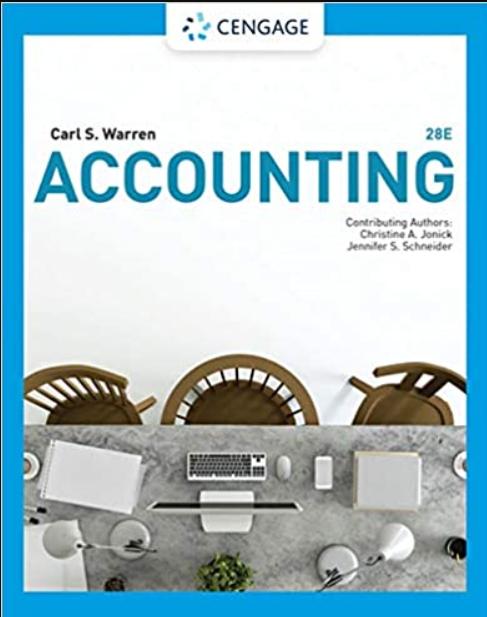Answered step by step
Verified Expert Solution
Question
1 Approved Answer
True or False 1.In the preparation of financial statements, accounting principles are applied differently from one fiscal period to the next. 2. Dividends Payable is
| True or False 1.In the preparation of financial statements, accounting principles are applied differently from one fiscal period to the next. | |||||||||||||||
| 2. Dividends Payable is a long-term liability. | |||||||||||||||
| 3. Every amount on a financial statement is accompanied by a related description. | |||||||||||||||
| 4. Management uses gross profit as a measure for how effectively the business is performing in its primary functions of buying and selling merchandise. | |||||||||||||||
| 5. Data needed to prepare the Liabilities section of a balance sheet are obtained from the Debit column of an adjusted trial balance. | |||||||||||||||
| 6. The difference between an assets account balance and its related contra account balance is known as its book value. | |||||||||||||||
| 7. The amount of dividends paid during the year is presented on the income statement. | |||||||||||||||
| 9. Some management decisions can best be made after the amount of assets, liabilities, and stockholders equity in the business is determined. | |||||||||||||||
| 10. Interest income is reported on the income statement in a section labeled Other Revenue. | |||||||||||||||
| 11. Reporting financial information the same way from one fiscal period to the next is an application of the accounting concept Adequate Disclosure. | |||||||||||||||
| 12. Operating revenue less cost of merchandise sold equals net income. | |||||||||||||||
| 13. Total operating expenses on an income statement are deducted from gross profit to find income from operations. | |||||||||||||||
| 14. When a businesss expenses are less than the gross profit, the difference is known as a net loss. | |||||||||||||||
| 15. Increasing sales revenue while keeping cost of merchandise sold the same will increase gross profit. | |||||||||||||||
| 16. All the information required to prepare a statement of stockholders equity is obtained from the income statement and the adjusted trial balance. | |||||||||||||||
| 17. When more detailed information about an item on a financial statement is needed, a supporting schedule may be prepared. | |||||||||||||||
| 18. A statement of stockholders equity summarizes the changes in owners equity during a fiscal period. | |||||||||||||||
| 19. Interest earned on notes receivable is reported in the Operating Revenue section of an income statement. | |||||||||||||||
| 20. Beginning merchandise inventory less purchases made during the fiscal period plus ending inventory equals cost of merchandise sold. | |||||||||||||||
| 21. On an income statement, vertical analysis percentages are calculated by dividing the amount on each line by the amount of operating expenses. Multiple choice:
|
Step by Step Solution
There are 3 Steps involved in it
Step: 1

Get Instant Access to Expert-Tailored Solutions
See step-by-step solutions with expert insights and AI powered tools for academic success
Step: 2

Step: 3

Ace Your Homework with AI
Get the answers you need in no time with our AI-driven, step-by-step assistance
Get Started


